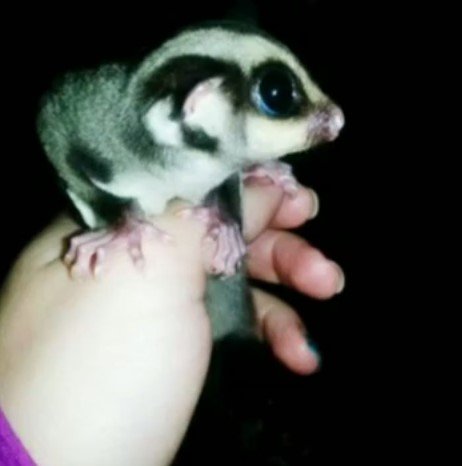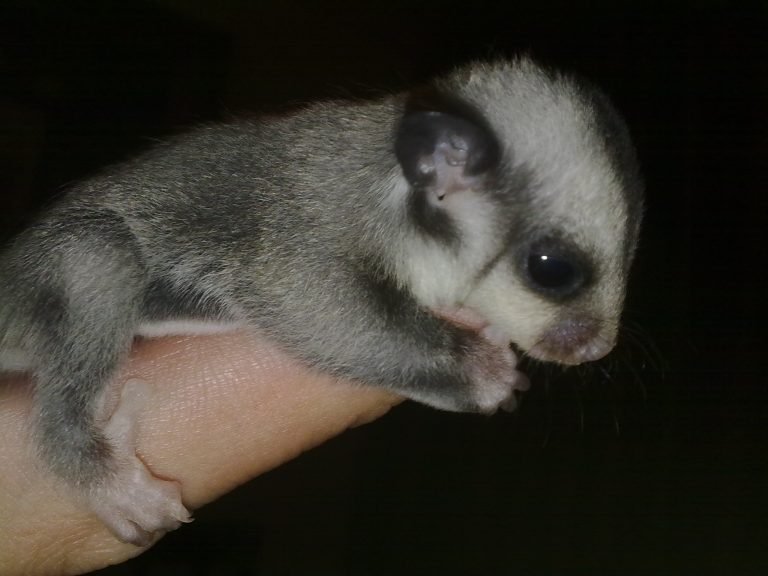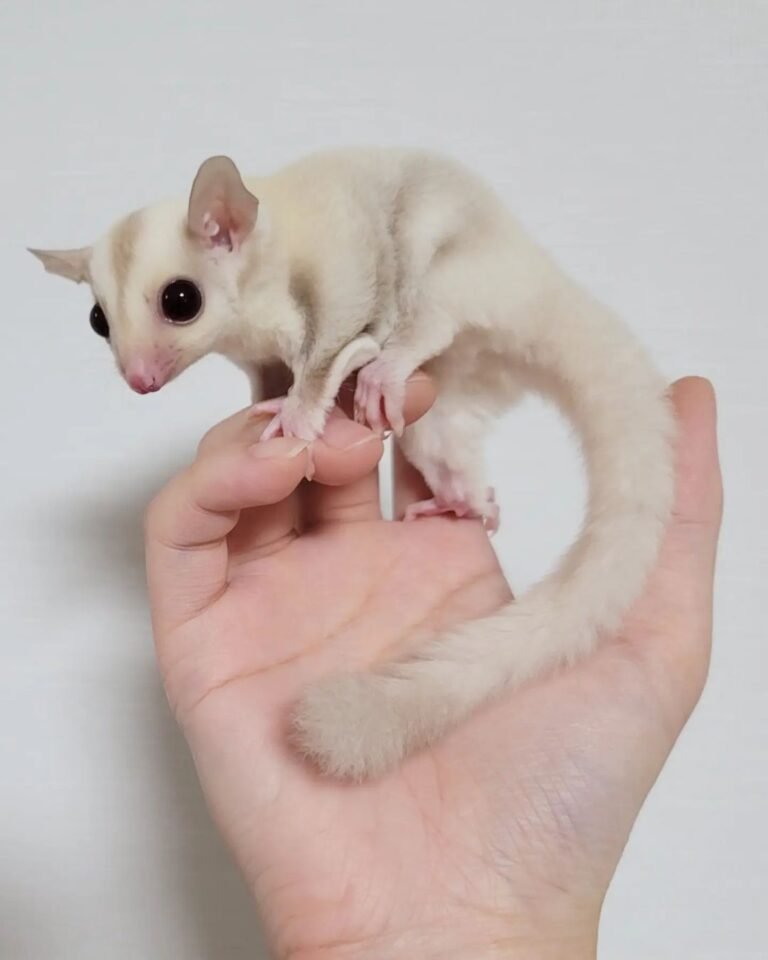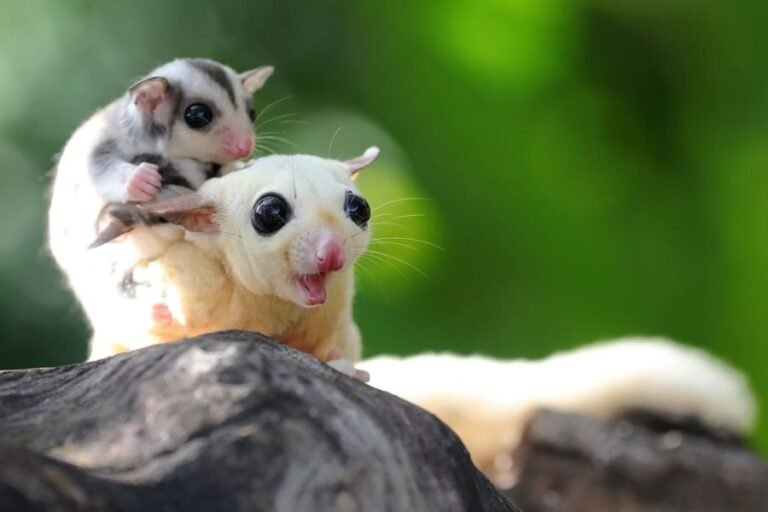How Much Does It Cost To Own A Sugar Glider
Planning to bring a sugar glider into your life? That’s fantastic! Sugar gliders are adorable, sociable, and fascinating creatures that can make wonderful pets. But before you jump in, it’s important to consider the financial aspect. How much does it actually cost to own a sugar glider? In this article, we will break down the expenses associated with owning a sugar glider, from the initial purchase to ongoing care and maintenance.
How much does it cost to own a sugar glider?
Owning a sugar glider comes with both one-time and recurring costs. Let’s delve into the details.
1. Initial Purchase
The first expense you’ll encounter is the purchase of your sugar glider. The price can vary depending on various factors such as age, color, and lineage. On average, you can expect to spend anywhere from $150 to $500 on acquiring a sugar glider.
2. Housing
Once you have your sugar glider, you’ll need to provide them with a suitable habitat. A cage specifically designed for sugar gliders is essential. These cages often come with multiple levels and plenty of space for your glider to climb and explore. The cost of a sugar glider cage can range from $100 to $300, depending on the size and quality.

Additionally, you’ll need to furnish the cage with accessories such as climbing branches, nesting boxes, and exercise wheels. These items can cost around $50 to $100.
3. Diet and Nutrition
Proper nutrition is crucial for the health and well-being of your sugar glider. Their diet primarily consists of fruits, vegetables, protein, and specialized glider pellets. Fresh produce and high-quality pellets need to be purchased regularly.
On average, you can expect to spend about $20 to $40 per month on food for a single sugar glider. Keep in mind that the cost may increase if you choose to provide additional treats or supplements.
4. Veterinary Care
Just like any other pet, sugar gliders require regular veterinary check-ups and vaccinations. It’s important to find a veterinarian experienced in exotic animals, as not all practitioners have the necessary expertise.
Routine veterinary expenses, including wellness exams, vaccinations, and parasite prevention, can add up to about $100 to $200 annually. However, unexpected health issues may occur, which could result in additional costs.
5. Cage Maintenance
Sugar gliders are clean animals, but their habitat still needs regular cleaning and maintenance. This includes daily spot cleaning, weekly cage deep-cleaning, and periodic replacement of bedding and accessories.
The monthly cost for cleaning supplies, bedding, and replacements can range from $20 to $50, depending on the size of the cage and the frequency of cleaning.
6. Toys and Enrichment
Sugar gliders are playful creatures that require mental stimulation and environmental enrichment. Providing a variety of toys, puzzles, and climbing structures is important for their overall well-being.
The cost of toys and enrichment items will vary depending on your preferences and the quality of the products you choose. On average, you can expect to spend around $20 to $50 per month on new toys and activities.
7. Miscellaneous Expenses
In addition to the essential costs mentioned above, there are a few miscellaneous expenses you may encounter while owning a sugar glider. These can include items such as bonding pouches, travel carriers, heat lamps, and specialized grooming tools.
While these costs are not frequent, they can add up over time. It’s wise to include a small buffer in your budget to account for unexpected or miscellaneous expenses.
Frequently Asked Questions
1. Can I find a cheaper sugar glider elsewhere?
While you may come across cheaper sugar gliders through alternative sources like classified ads or online postings, it’s important to exercise caution. These gliders may not come from reputable breeders or may have underlying health issues. It’s best to purchase from a reputable breeder who can provide the necessary health guarantees and support.
2. Are there any ongoing expenses not mentioned?
While we’ve covered the primary ongoing expenses of owning a sugar glider, it’s worth noting that every owner’s requirements and preferences may differ. You may choose to invest in additional items or services, such as specialized grooming or training sessions. It’s essential to consider these potential expenses when planning your budget.
3. How long do sugar gliders typically live?
Sugar gliders have an average lifespan of 10 to 15 years when provided with proper care and nutrition. It’s important to consider the long-term commitment and associated costs before bringing a sugar glider into your life.
Final Thoughts
Owning a sugar glider can bring immense joy and companionship. However, it’s crucial to be prepared for the financial commitment associated with their care. By taking into account all the one-time and ongoing expenses, you can ensure that you provide a happy and healthy life for your sugar glider. Remember, a well-balanced budget will go hand in hand with a well-balanced diet and a well-balanced sugar glider life!







